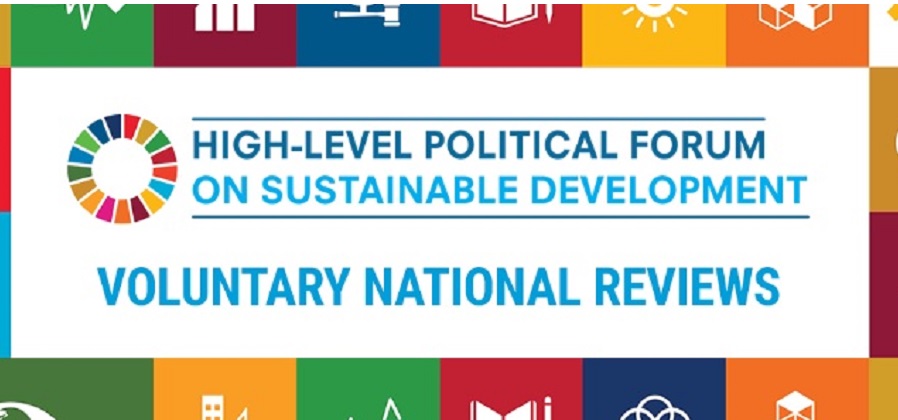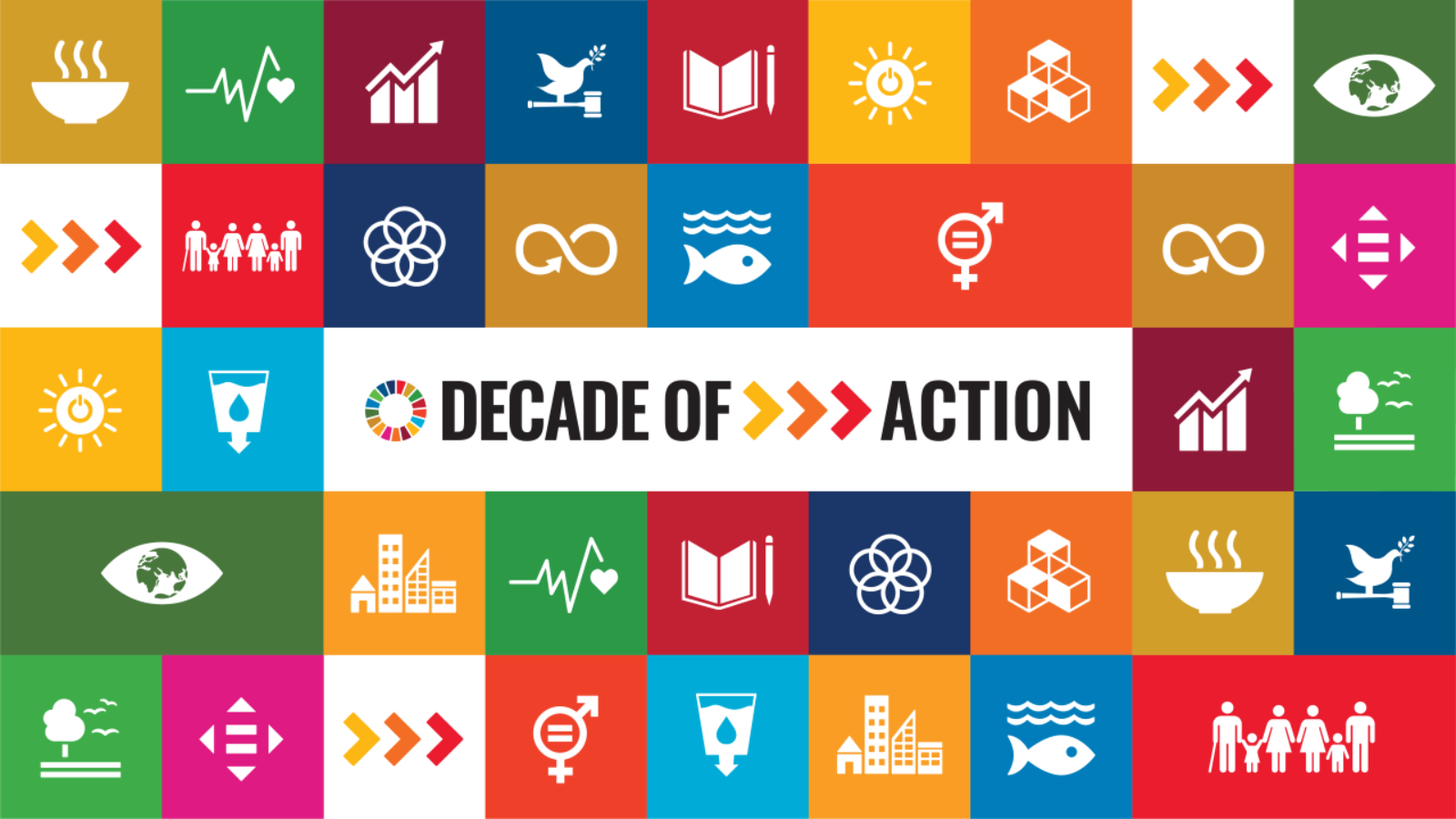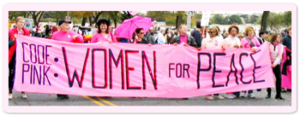July SDG: Exploring the 2030 Agenda and SDGs At All Levels.
![]()
This month’s Sustainable Development Goal the Local Peace Economy is working on is exploring ways to implement the 2030 Agenda and the SDGs at all levels. Which is topic of the High-level Political Forum on Sustainable Development (HLPF) will be held from Monday, 10 July, to Wednesday, 19 July 2023, under the auspices of the Economic and Social Council . The theme will be” Accelerating the recovery from the coronavirus disease (COVID-19) and the full implementation of the 2030 Agenda for Sustainable Development at all levels”. The participants will discuss and explore actionable policy guidance for the full implementation of the 2030 Agenda and the SDGs at all levels and hopes to reignite a sense of hope, optimism, and enthusiasm for the 2030 Agenda
The HLPF is the central United Nations platform for the follow-up and review of the 2030 Agenda for Sustainable Development and the Sustainable Development Goals (SDGs) at the global level. The United Nations Conference on Sustainable Development (Rio+20), through its outcome on “The Future We Want“, established the United Nations High-level Political Forum on Sustainable Development (HLPF) in 2012.
The HLPF in July will also support the mid-term review of the implementation of the SDGs and the preparations for the 2023 SDG Summit – the HLPF to be convened under the auspices of the General Assembly in September 2023, the Summit will mark the half-way point to the deadline set for achieving the 2030 Agenda and the Sustainable Development Goals. The HLPF in 2023 will review in depth SDGs 6, 7, 9, 11 and 17. In addition 39 countries will carry out voluntary national reviews of their implementation of the 2030 Agenda. The US is not one of the countries.
This blog is about raising awareness of SDGs and to ask a question, what is the Future we want?
One thing that is limiting the implementation of the SDGs at all levels, here in the US is lack of awareness. Here at the local level, there are very few people, at all levels who are aware of SDGs, the work that is being done and partnerships that exist to move them forward. So what are the 17 Sustainable Development Goals for People, for Planet?
The Sustainable Development Goals (SDGs) are a universal call to action to end poverty, protect the planet and improve the lives and prospects of everyone, everywhere. The 17 Goals were adopted by all UN Member States in 2015, as part of the 2030 Agenda for Sustainable Development which set out a 15-year plan to achieve the Goals. The 17 (SDGs) demand nothing short of a transformation of the financial, economic and political systems that govern our societies today to guarantee the human rights of all.
Today, progress is being made in many places, but, overall, action to meet the Goals is not yet advancing at the speed or scale required. With just under ten years left to achieve the Sustainable Development Goals, world leaders at the SDG Summit in September 2019 called for a Decade of Action and delivery for sustainable development, and pledged to mobilize financing, enhance national implementation and strengthen institutions to achieve the Goals by the target date of 2030, leaving no one behind. At the core of the 2020-2030 decade is the need for action to tackle growing poverty, empower women and girls, and address the climate emergency.
The UN Secretary-General called on all sectors of society to mobilize for a decade of action on three levels: global action to secure greater leadership, more resources and smarter solutions for the Sustainable Development Goals; local action embedding the needed transitions in the policies, budgets, institutions and regulatory frameworks of governments, cities and local authorities; and people action, including by youth, civil society, the media, the private sector, unions, academia and other stakeholders, to generate an unstoppable movement pushing for the required transformations.
Numerous civil society leaders and organizations have also called for a “super year of activism” to accelerate progress on the Sustainable Development Goals, urging world leaders to redouble efforts to reach the people furthest behind, support local action and innovation, strengthen data systems and institutions, rebalance the relationship between people and nature, and unlock more financing for sustainable development.
More people around the world are living better lives compared to just a decade ago. More people have access to better healthcare, decent work, and education than ever before. But inequalities and climate change are threatening to undo the gains. Investment in inclusive and sustainable economies can unleash significant opportunities for shared prosperity. And the political, technological and financial solutions are within reach. But much greater leadership and rapid, unprecedented changes are needed to align these levers of change with sustainable development objectives: For People, For Planet.
More leadership is needed in America to bring greater awareness to the SDGs and the need for more urgency in putting them into action. The U.S. played a central role is shaping SDGs, which all countries adopted in 2015. Yet the U.S. did not incorporate the SDGs into policies guiding their international development investments and strategy. A public recommitment by the Biden administration to the SDGs offers the opportunity to rebuild U.S. credibility within the UN system and to exercise a collaborative model of leadership to advance SDGs.
More leadership is needed in America to bring greater awareness to the SDGs and the need for more urgency in putting them into action. The U.S. played a central role is shaping SDGs, which all countries adopted in 2015. Yet the U.S. did not incorporate the SDGs into policies guiding their international development investments and strategy. A public recommitment by the Biden administration to the SDGs offers the opportunity to rebuild U.S. credibility within the UN system and to exercise a collaborative model of leadership to advance SDGs.
The question is: What is the future we want? Do we want to keep with the current brown profit accumulation to the1% capital exploited economic system where 50% of the world’s population consists of the working poor without proper healthcare or retirement and their life made harder by climate change cause by the destructive slash and burn economic approach to the environment? Or do we want a green future of profit sharing with the 99%, with healthcare, retirement and a sustainable economic approached to the environment. It is a choice we as a people around the world have to make.
You think it would be a easy choice to heal the planet and have a future where no one is left behind. Yet there is resistance to this new of living and it is going to take more people to choose green over brown in their daily lives. It is important to spread the word of the benefits of a green economy so people can make an informed choice so we can take the actions for the full implementation of the 2030 Agenda for Sustainable Development at all levels.

What we can do at the national and International Level.
The U. S. needs to project strong political commitment to achieving the SDGs from the highest levels of the government.
- Join all other countries in conducting and presenting a Voluntary National Review (VNR) at the U.N. This process will reinforce global momentum for U.S. foreign policy and global development priorities, connect domestic interventions with U.S. global leadership, and provide another entry point for U.S. reengagement in the global multilateral community.
Design effective and enduring institutional arrangements to accelerate progress on the SDGs. Combining the domestic and international policy prowess of the U.S. will ensure regular assessment of progress, enable identification of medium-term priorities, and concretize the commitment between local progress and global leadership.
- Create a national roadmap for achieving the SDGs, and commit to a regular reporting SDG progress at both the domestic and global levels. This can lower the barrier for U.S. communities and organizations to align with national priorities and encourage coordinated efforts outside the federal government to fill gaps and reach key targets.
Host a U.S. SDG Summit that draws partners from across sectors and reinforces the strong leadership on the SDGs already in action throughout the country.
What can we do on the local level?
Begin by educating yourself about sustainability, many cities, counties and states have sustainability plans and there are many companies and individuals that are practicing sustainable principles with success.
Once you have learned that there is now substantial evidence that the greening of economies neither inhibits wealth creation nor opportunities for investment and related growth in wealth and jobs while healing the planet and leaving no one behind. You can make an informed choice of picking green over brown and begin practicing sustainable practices in your daily life: at home, at work, in the community.
Elect representatives that support SDGs and tell financial institutions to divest from brown and invest in green economics.
Most importantly, we can spread the message how important investing in sustainable future for people and planet.
The Local Peace Economy joins the United Nations in its call for a Decade of Action to transform the world by 2030. The 2030 Agenda for 17 Sustainable Development goals, adopted by all United Nations Member States in 2015, provides a shared blueprint for peace and prosperity for people and the planet, now and into the future. The spirit of human endeavor has demonstrated our shared ability to deliver the extraordinary. The Global Goals are our best hope-for people, for planet, for prosperity, for peace and for partnerships.
The Local Peace Economy calls on everyone everywhere to join us the UN and pledge: “We are resolved to a Decade of Action to free the human race from the tyranny of poverty and want and to heal and secure our planet. We are determined to take the bold and transformative steps which are necessary. As we embark on this collective journey, we pledge that no one will be left behind.”
We need to act now if we are going to save ourselves and the planet. We truly live in a growing global community and actions taken by local people working within their communities and with other local people in their community will enable people around the earth to create that unstoppable movement pushing for the required transformations to reach 17 sustainable development goals and improve the lives and prospects of everyone everywhere. Please Join Us: For People For Planet.

References
United Nations: Sustainable Development Goals
The UN webpages have a lot of information about the great work they are doing around the earth to create a peaceful, cooperative sustainable community.
The State of the Sustainable Development Goals in the United States.
By Tony Pipa. Krista Rasmussen, and Kait Pendrak
Your Local City, County and State sustainable webpages has lots of information about what you can do to live sustainable and what their master sustainable goals plans is and how they implementing in your community and state.








